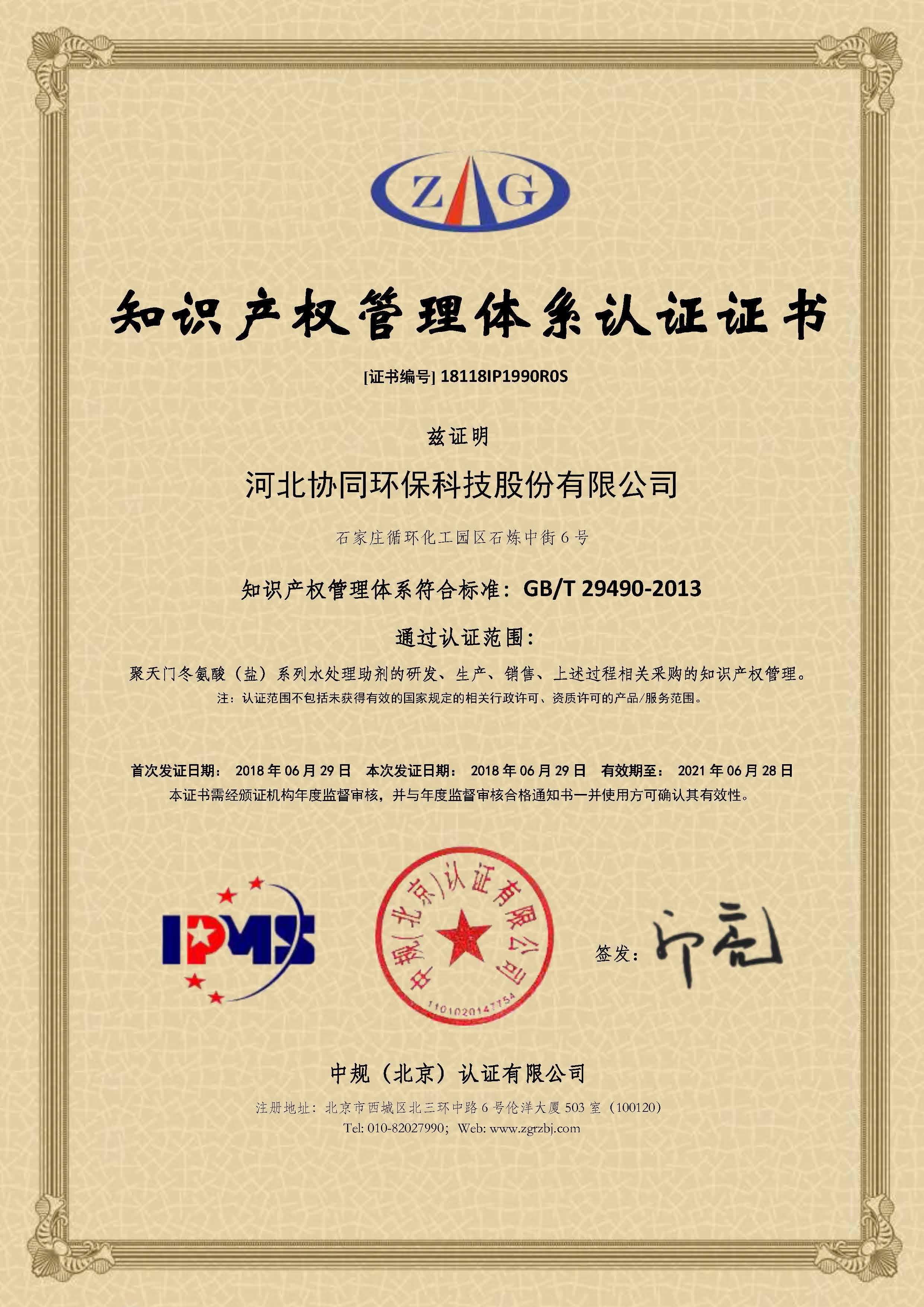
News
Aug . 09, 2024 18:50 Back to list
Understanding Chelants and Their Role in Metal Ion Complexation and Removal Techniques
Understanding Chelants Definition and Importance in Chemistry
Chelants, also known as chelating agents, play a crucial role in various chemical processes and applications. The term chelant originates from the Greek word chēlē, meaning claw, which aptly describes how these molecules grasp and stabilize metal ions in solution. This article delves into the definition of chelants, their mechanisms of action, types, and significance in both industrial and environmental contexts.
At its core, a chelant is a substance that forms multiple bonds with a single metal ion. This multi-dentate bonding enables the chelant to envelop the metal ion, creating a stable complex that prevents the metal from participating in unwanted reactions. The most common types of chelating agents are organic compounds, often containing functional groups like carboxylates, amines, and thiols, which can effectively bind to various metal ions.
Understanding Chelants Definition and Importance in Chemistry
In the medical field, chelants are essential for detoxifying heavy metal intoxications. For instance, in cases of lead poisoning, agents like calcium disodium EDTA are administered to form non-toxic soluble complexes with lead, enabling its excretion from the body. Similarly, chelation therapy is utilized in conditions like hemochromatosis, where excess iron accumulates in the body. By binding to excess iron, chelants help restore normal physiology and prevent organ damage.
chelant definition

In agriculture, chelating agents are utilized to improve nutrient availability in soils. Many essential micronutrients, such as iron, manganese, and zinc, can become insoluble and unavailable to plants due to various soil conditions. By using chelating agents, farmers can enhance the solubility of these nutrients, ensuring that plants receive the necessary elements for growth and development. This application not only improves crop yield but also contributes to sustainable agricultural practices, as it minimizes the need for excessive fertilizer application.
The role of chelants extends into environmental science as well. They are employed in the remediation of contaminated sites, especially those polluted with heavy metals. Chelation can facilitate the extraction of metal contaminants from soil and water, making it easier to treat and rehabilitate affected areas. Additionally, chelants can be used in wastewater treatment to precipitate metal ions, reducing their toxicity before discharge into the environment.
Despite their many benefits, the use of chelants is not without challenges. For example, some chelating agents can form stable complexes with essential metals, potentially leading to deficiencies. Moreover, the environmental persistence of certain chelants can pose a risk to ecosystems if not managed properly. Thus, ongoing research aims to develop biodegradable and more selective chelating agents that minimize negative impacts while retaining efficacy.
In conclusion, chelants are pivotal players in chemistry, with wide-ranging applications in medicine, agriculture, and environmental science. Their ability to bind and stabilize metal ions enhances efficiency in various processes and contributes to public health and environmental sustainability. Understanding and utilizing chelants responsibly will be essential as we continue to navigate the challenges posed by metal toxicity and nutrient availability in our ever-changing world.
-
OEM Potassium Oxalate Chelating Agent Manufacturer & Supplier High Purity & Custom Solutions
NewsJun.24,2025
-
OEM Polymer of Aspartic Acid Supplier L & D Aspartic Acid Customization High-Quality, Eco-Friendly Solutions
NewsJun.10,2025
-
CAS 64723-18-8 High Quality Supplier & Manufacturer Get Instant Quotes Online
NewsJun.10,2025
-
OEM Thermal Polyaspartic Acid - Leading Manufacturer & Supplier for Efficient Heat-Resistant Solutions
NewsJun.10,2025
-
Premium Polymer of Amino Acids High Purity & Factory Pricing
NewsJun.10,2025
-
Premium Micronutrients Plant Fertilizer for Healthy Crops Quote Now
NewsJun.10,2025
